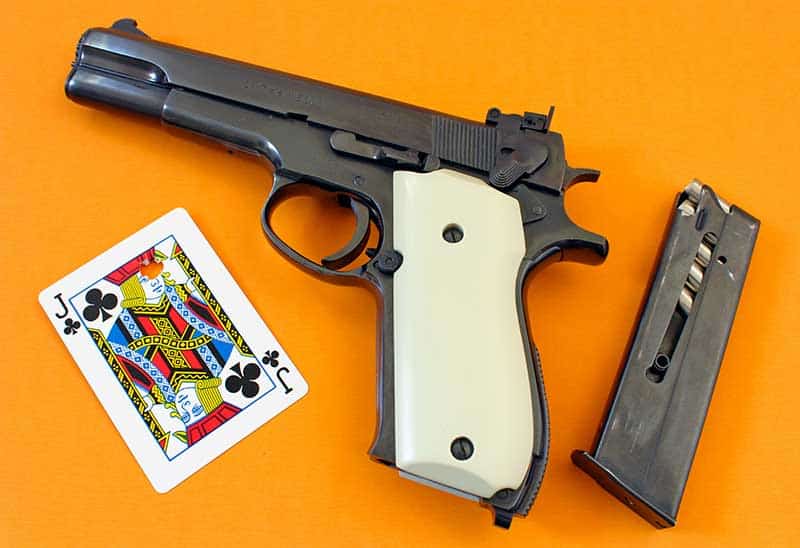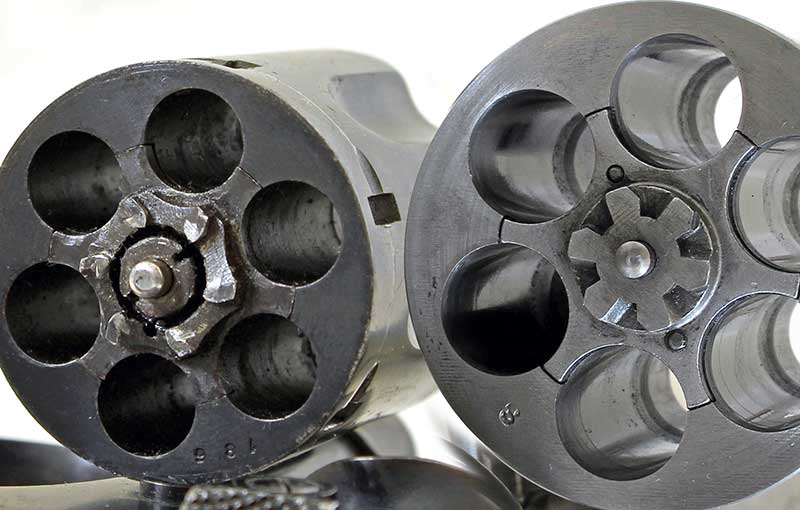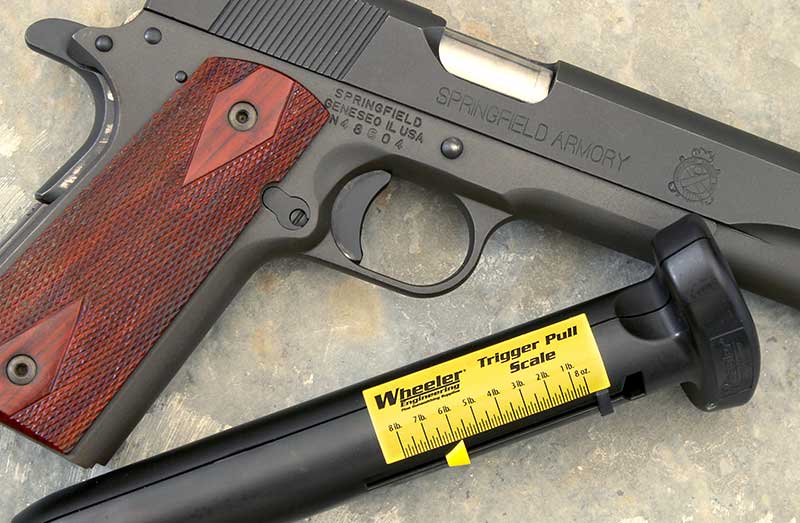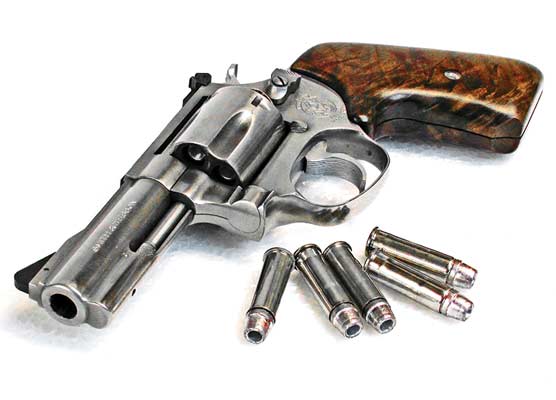What Does Top Dollar Get You?
My own shooting career has moved through something of a “U”-shaped curve when it comes to the handguns in my ownership. First, when I was younger and had more disposable income, I bought the best stuff I could, thinking it would give me a clear edge.
As my skills developed, I realized even a lot of “stock” pistols and revolvers had a level of mechanical accuracy that was beyond my ability to manifest on target, but with the proper application of the fundamentals, I could shoot them pretty well. Today, I actually can take advantage of the features of what we might call “high-end” or “competition” pistols, and I’m in a better position to explain exactly where the money went on those guns I bought in years past.
I think we all have a general idea that a higher amount of cash invested into our handguns should result in a higher level of achieved accuracy. I’d argue we’re kind of talking about the outcome rather than its root causes, however. Let me see if I can explain a little differently what you’re actually buying when you spend more.
Consistency
As machining tolerances are held closer together and as manufacturing becomes more sophisticated — or thanks to the talents of a top-flight gunsmith — the “slop” that often results in poor accuracy is incrementally eliminated. Barrels and slides return to lock-up in a more uniform manner, barrels are cut in such a way that lands and grooves are uniform to maximize projectile stability and barrel crowns are cut so escaping gas won’t throw a bullet off-center.
Durability
Robust guns aren’t made cheaply. First, steel compounds that are more wear-resistant are costlier to procure. Second, they’re more resource-intensive to shape into gun parts, either through forging processes or through the greater number of files and cutting blades they wear out. A less costly metal injection molding (MIM) process used for a lot of small parts in the industry is usually fine most of the time. However, I don’t think any of us here would prefer one to a forged part. A pricey gun will often wear less and break far less often than an inexpensive one under sustained, honest use.
Additionally, making anything “heirloom quality” involves fighting the ravages of time. The bluing on vintage Colt Pythons often remains rich and lustrous, even 50+ years past their manufacture dates. Oppositely, I constantly need to watch the parkerized finish on a shotgun I bought new in 2010 for rust. The money we spend on guns we hope to “pass down” often goes (in part) to a finish that will ensure people will want it once that day comes!
Consideration
Often, your money buys you a number of labor-intensive bells and whistles that add some small benefit to the shooting experience. Front strap checkering provides a better grip, but it needs to be machined or hand-filed. A good gun will have a lot of sharp edges and corners gently smoothed, especially around slides, hammers, triggers and other places where metal touches skin.
At the same time, attention is normally given to the trigger, making sure its resistance — either through sear engagement angles or spring weights — is not too much nor too little. Ignition reliability is also non-negotiable here. Often, achieving the platonic ideal of a “crisp, light trigger” takes either extremely close manufacturing tolerances and/or a gunsmith’s expertise.
Specialization
As an addendum to the previous point, if a gun is built to excel in one particular category, you may encounter trade-offs elsewhere. If you buy a revolver custom-built for the sport of PPC, it’s going to have a lot of recoil-reducing mass. It will also likely be prohibitively unwieldy as a CCW piece.
My S&W Model 52 was built to win competitions and its magazine was designed to hold only five rounds of flush-seated, full-wadcutter ammo. No other types, and no more than that! It would be an absolutely poor choice as a self-defense arm, given what else is on the market. However, the way it groups is nothing short of astounding.
Can’t Buy Talent!
Naturally, just because a gun is capable of top-flight accuracy doesn’t mean all users will even be able to shoot it excellently — or even competently — when they get their mitts on it. On no small number of occasions, I’ve seen men with $4,000 1911s print groups at 5 yards that couldn’t be covered by the top of a barstool.
That said, my own testing has shown people will shoot about 40% better with a “target” or “custom” gun than they will with a stock handgun. That isn’t enough to turn most misses into hits, mind you, and it won’t instantly allow a rank amateur to shoot the heads off matches, but it is a palpable improvement!
In general, it is you, the shooter, who ultimately gets to decide whether any high-end, custom or semi-custom pistol provides value. Speaking personally, such purchases often make me excited to get out to the range and fuel my attempt to beat a former personal best. In that sense, they have always been “worth it” to me!











